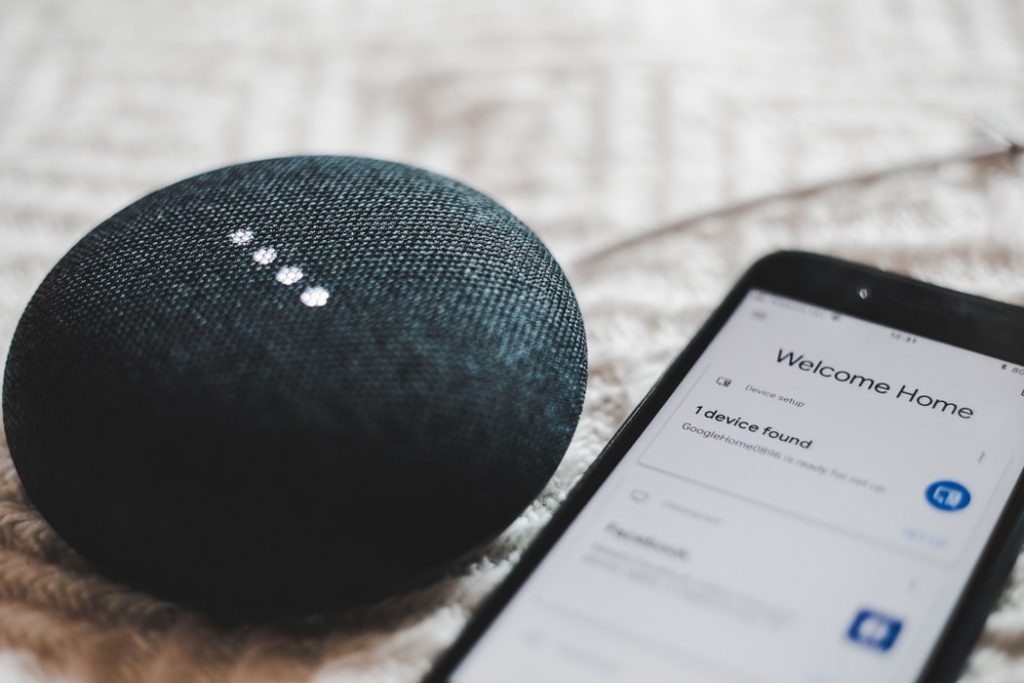At present, IoT and cybersecurity are rapidly growing. Experts estimated that by 2026 there might be 64 billion devices available.
Firms also reported an average of $15 trillion amount spent on IoT devices and systems.
What is IoT?
The Internet of Things (IoT) is the system of high-tech objects. These objects connect to the Internet for communication.
The most common examples of IoT are appliances and smart home systems. Also, it includes wearables and sensors.
These objects are helpful for the business and the public sector. Besides, banks and factories use this for faster services.
Also, individual consumers use these devices for their living, studying, and working. It includes a security camera, intercom, speaker, or even a fridge.
Besides, it is beneficial for hospitals and doctors. These devices help them in monitoring their patients.
What are the Cybersecurity Risks?
Granted, the rise of the usage of IoT is relative to the risks in cybersecurity. Also, reports said that the IoT attacks increased thrice since 2019.
These attacks exposed the security of IoT. It includes the following:
- Botnets
- Identity and data theft
- Ransomware
- Remote recording
- Denial of service
Examples of IoT and Cybersecurity Breaches
There are countless reports of IoT security breaches. Moreover, many of them are too strange to be true!
CISO reported one IoT breach related to smart coffee machines. Smart coffee machines are connected remotely through smartphones.
Hackers stole bank information and the owner’s identity through this remote access. Hence, the attack happened due to the remote connections of the device.
Another example is the hacking of smart TVs. These devices neglected security issues.
Many users reported weaknesses in the security of these devices. So, hackers can control smart TV by changing channels or volume.
Also, some hackers can even stalk your movements through the camera. Besides, they can listen to conversations through the TV’s microphone.
Iot and Cybersecurity
Security protocols are essential for IoT devices. But due to the complicated systems and many available devices, standards are lacking.
So, experts created three key parts of the best IoT security habits:
- Detection
- Authentication
- Updating
Detection
Detection refers to the understanding of what devices are connected. It includes a network or system connection.
Authentication
Authentication refers to confirming the source of IoT devices. So, this step will help detect spoofing.
It will also help block and prevent attacks.
Updating
Updating refers to keeping updated IoT security of the devices. Thus, these devices will stay secure from hackers.
Cybersecurity Strategies for IoT
A broad scope of IoT security framework is also important for cybersecurity. Also, security experts must follow the strategies below to avoid breaches:
- Keep updated and correct data. It is necessary to know the level of risk on each IoT device.
- Make a list of cyber threats to block data breaches.
- Limit data access to other parties.
- Always check the person who is accessing the device.
- Do regular backup for all the data.
Conclusion
Iot and cybersecurity are related to each other. Thus, the secured protection of IoT networks and systems is essential. It is for the safety of the consumer.
Therefore, the compliance of the tips above will help us build secure IoT cybersecurity systems.

